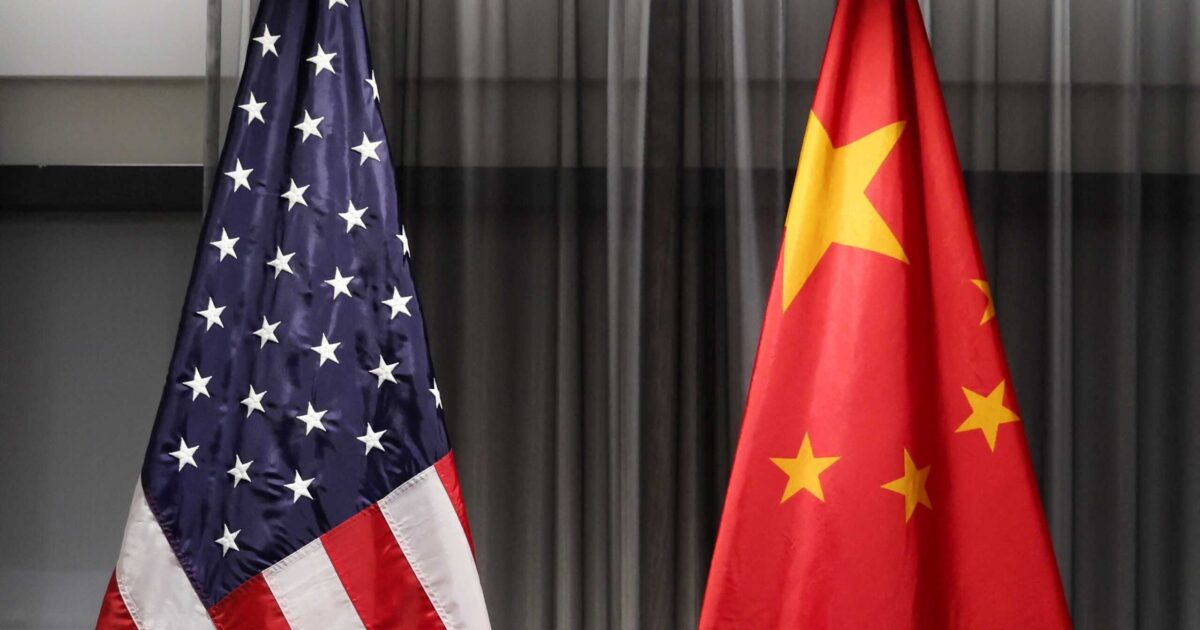The White House decision to extend 90 days to suspend the planned duties in mutual imports USA – China It is currently removing the risk of a sudden shock in the global and Greek economy.
The applicable duties between the US and China are maintained until November 10, 2025, avoiding three -digit rates that had been put on the table and would directly burden consumer prices and supply chains, as they would be a “tombstone” for a very important sections of international trade.
At internationally, the extension operates in inflation. The experience of previous tariffs has shown that the burdens are quickly and largely passed on consumer shelves, so postponement reduces a potential new round of appreciation shortly.
At the same time, markets in Asia have responded positively to the announcement of the extension, with mild shares and climate improvement, as the risk of immediate delay in trade between the two largest economies is removed.
In supply chains, the 90 -day “freezing” means fewer turbulence on fares and routes. The markers of freight freight fare shows a picture of stabilization and mild declining, with Drewry’s complex index receding in the last week and Freightos’s measurements recording levels without sudden outbreaks in the basic Asia -Europe and Asia -Mediterranean strands. This reduces the risk of new costs at the final prices.
For Greece, the transmission channels are specific anyway. China remains a leading EU supplier and also important for our country as it covered about 21.3% of EU imports in 2024, while Greece was the third largest supplier with a share of about 8.2% of import value. This practically means that the domestic retail and processing industry – especially in electronics, machinery/components, home items and clothing – immediately avoids a sharp appreciation of imported first and intermediate materials.
The port of Piraeus and the transit also benefit from the milder environment. Given this year’s fluctuations due to geopolitical factors, the absence of a new duty wave limits violent retroactions and panic “stocking” that usually limit capacity and raise costs. Recent estimates for the purchase of shipping containers show that, despite instability, over -supply of ships and normalization of demand have begun to keep fares on a controlled orbit.
In the European context, the US -China extension removes an additional uncertainty factor as the EU is already in its own friction with Beijing in electric cars. EU compensation measures in Chinese EVs – with duties reaching up to about 35% for some producers beyond the basic 10% – remain active and maintain friction in cross -border trade. Avoiding, therefore, of a simultaneous escalation on the American -Chinese front prevents multiplier shocks in European value chains.
For domestic price indicators, the signal is positive as imported inflation receives a short breath in the next two or three months, especially in categories with high Chinese dependence, which certainly does not cancel internal pressures (energy, services, rents, etc.). The three -month duration of the extension allows businesses to “lock” prices and contracts for the autumn and festive season.
Risk remains, where a final agreement “sticks”
The risk, however, has not disappeared. If by 10 November the negotiations do not perform and activate three -digit duties, we will see a sharp appreciation of a wide range of imported goods, new fare intensity and deliveries delays, with obvious (and unprecedented …) impact on the cost of industry and retailers. Greek companies with a large exposure to Chinese imports will need to review supplies and pricing policy, perhaps even promoting it where it is feasible and economically reasonable.
In general, the friction points between the US and China are many, and the road that needs to be covered is not a bit. For their part, the US puts a number of issues on the table:
- Restriction of Chinese ‘Overproduction’ to EVS, Batteries, Photovoltaics, Metals
- Transparency and ceiling on state aid, with control/sanctions mechanism, so as not to create unfair competition of Chinese against Western businesses
- ‘Red lines’ in chips and AIs and dual -use equipment
- Package of US Agricultural Products and LNG from China
- Reduction of Russian/Iranian oil flows to China
At the same time, China comes to the table of negotiations with its own requirements, which relate to the removal or substantial relief of additional US duties, relaxation of controls and licensing to semiconductors and critical technologies, access to raw materials and accessories without “tool” US market.
From the multitude of the above requirements on both sides, it is concluded that a final agreement is not only an easy task. Already the friction points are enough. In the next 90 days a series of milestones should have been reached:
- Definition and measure of Chinese “overproduction” and depth of transparency in subsidies
- Who and how it imposes compliance (control mechanism, clauses, sanctions)
- Which chips and software are allowed and which do not
- The security and energy connection that is borne by the commercial agenda
- Realism of exchanges in relation to the markets requested by Donald Trump and timetables
- Internal restrictions, such as the political circle in the US and Beijing’s “red lines”
Overall, the 90 -day extension is a breath of stability that freezes direct inflation risk and keeps the supply chains smoother.
For Greece, it translates into lower short -term import costs, better visibility for inventory design and a lower risk of unforeseen ratings in sensitive categories. However, the look is now turning to Washington and Beijing for the next 90 days, and whether there will be common ground for a more permanent settlement that will permanently prevent the … worse.
